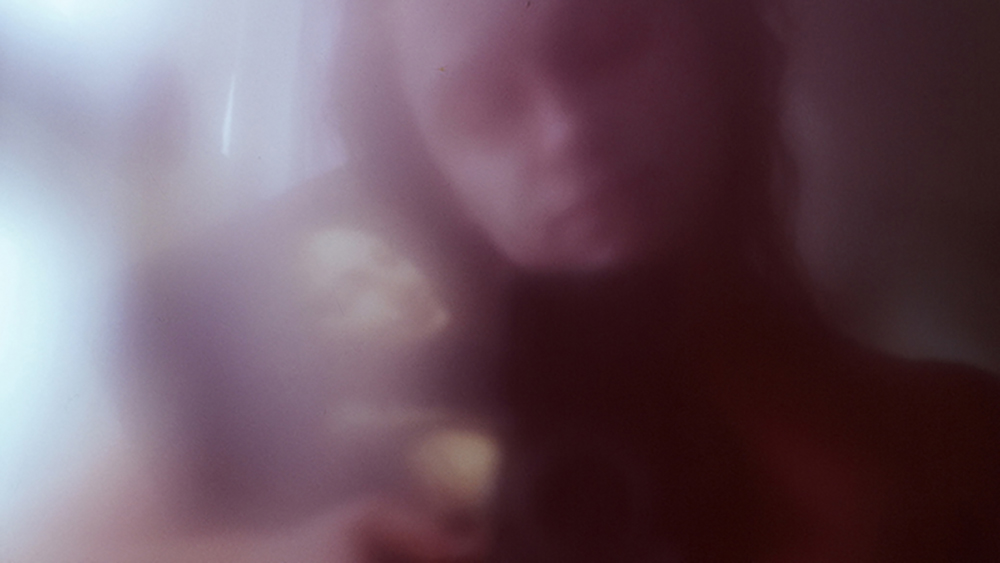
‘HOME’
A film by Mela Hilleard
Documentary, Independent, Experimental, Art House, Author Cinema, Found Footage
95 minutes, Colour, DSLR, 24 fps, 16:9, English, 5.1 Dolby Surround, DCP, UK 2023
TRAILER
LOGLINE
Even among the ashes, a new home can arise.
SHORT SYNOPSIS
The feature-length documentary ‘HOME’ is an attempt to answer one of the most vital questions in all our lives: what is the meaning of home?
The film focuses on family, identity, emigration (through the lens of Polish-Irish-South African-English ties), as well as the circle of life, death and rebirth.
The axis of the film is a house which connects and shelters, which allows the lives of the characters to be transformed.
Its inspiration was a seven-year collection of films and photographs covering the lives of a handful of people ejected from their own cultures and homes, who are creating home and finding love at the house of a 90-year-old, bed-ridden writer in suburban London.
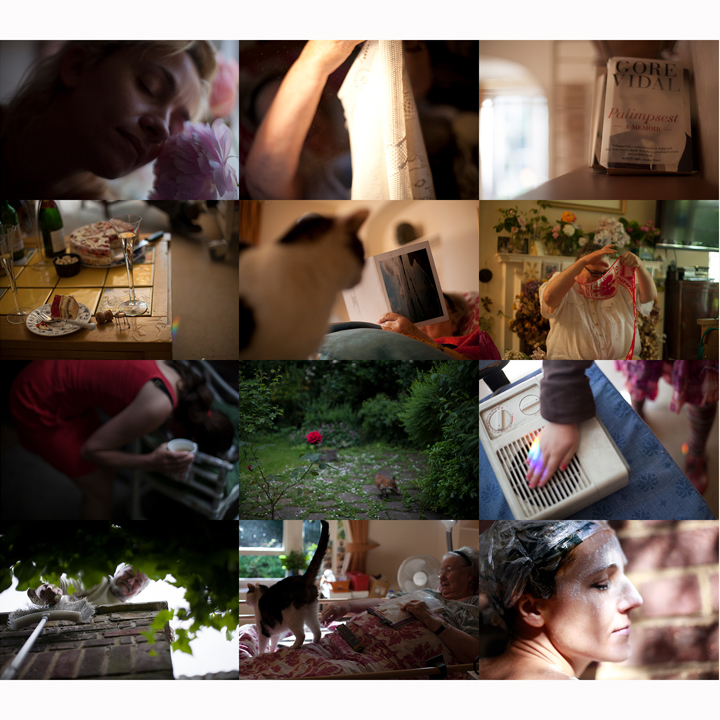
LONG SYNOPSIS
“Where is home? Home is where the heart laughs without timidity. Home is where tears dry at their own pace.” [1]
The feature-length documentary ‘HOME’ is an attempt to answer one of the most vital questions in all our lives: what is the meaning of home?
The film focuses on family, identity, emigration (through the lens of Polish-Irish-South African-English ties), as well as the circle of life, death and rebirth.
The axis of the film is a house which connects and shelters, and which allows the lives of the characters to be transformed.
Its inspiration was a seven-year collection of films and photographs covering the lives of a handful of people ejected from their own cultures and homes, who are creating home and finding love at the home of a 90-year-old, bed-ridden writer – Elizabeth [2] – in Hampstead Garden Suburb, north London. [3]
The film’s protagonist is the Narrator – a woman who, along with other residents, is drawn into a natural family setting [4]. Yet, they are disparate women from Poland, aged around 40, who had come to the British ‘island’ at a moment in their lives, as well as many others, often associated with relationship break-up. They are employed as companions to the bed-ridden Elizabeth and ‘under the wings of the house’ they finally unpack the traumatic experiences from which they are escaping before they can go on to reassemble their lives.
I often wonder why Elizabeth chose us? Understanding came after her death. In one of the interviews, her closest friend Rory confessed that Elizabeth had also survived personal trauma, after that she decided to keep firm control of her emotions. “Because Elizabeth was never in the present, she was like a projection screen to me” – said Rory. She played a different – missing – figure for each of us: grandmother, mother, sister, child… This writer, who wrote books on how to perfect the home, never changed a single wall. She found it difficult to enjoy her life and home. She opened it out, gave it, to others – also ‘homeless’.
Notes:
[1] Vernon Baker
[2] Elizabeth Gundrey, born in 1924; was a well-known journalist, author and television personality during the 1960s. Her father was Gareth Gundrey, a film director and scriptwriter in the 1920s, who survived the trauma of the trenches and used his experience to write the screenplay for the classic film ‘Journey’s End’ in 1929. After the war, Elizabeth, as well as becoming involved with the Association of Polish Artists in Great Britain, set out as a reporter, mainly on the News Chronicle, before moving on to magazines such as ‘Home’, ‘Housewife’ and ‘House & garden’. In the 1950s she opened new paths for women in society. The author of 40 books, she focused on writing about managing life and family in the modern home, and freeing up women’s time for employment outside. One of her heroes was Margaret Thatcher, whom she almost emulated, considering a run for parliament herself, before deciding that taking care of her adopted son Roger, at home, took precedence. She was a member of the Conservative Party and Free Church.
[3] Hampstead Garden Suburb was founded in 1906 by Dame Henrietta Barnett: a social reformer, educationist, author and ‘woman guardian’. One of its bylaws states that: “houses should be separated from each other by a hedge, not by a wall”.
[4] Bert Hellinger’s ‘Family Setting Method’. This tries to put tangled and broken family ties in order. According to him, a stranger symbolically placed on the spot of someone from the patient family will have the same feelings as the person whom he represents.
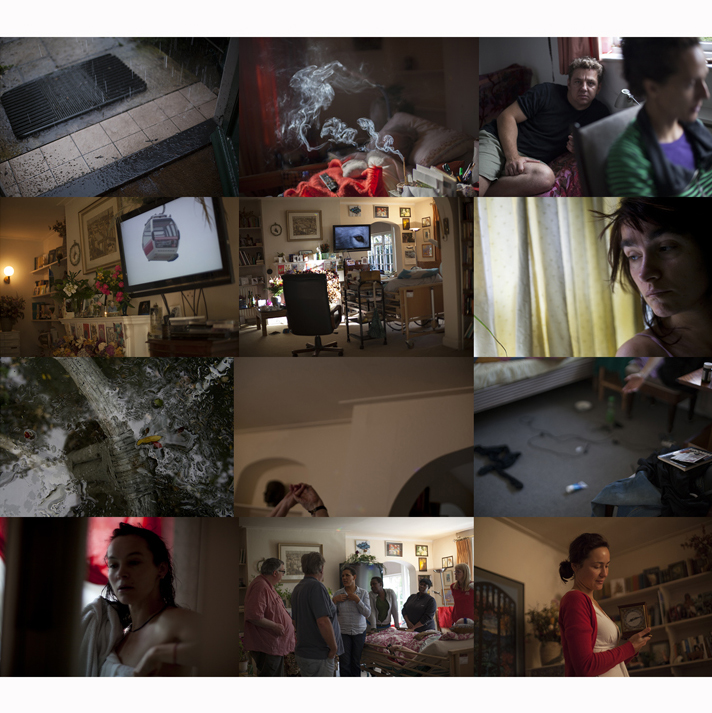
TREATMENT
“The traveler has to knock at every alien door to come to his own, and one has to wander through all the outer worlds to reach the innermost shrine at the end.” [5]
Like the circle of life, the film comprises four parts – the seasons.
The opening is ‘Summer’ – like a stream of “poetic subconsciousness” in a ‘second childhood’ – the carefree life of the Narrator and her companions in the cocoon of the house and the sun, which foretells nothing bad.
The turning point comes with Elizabeth’s death. She had been ‘the sun’, without which her other ‘planets’ could not function. This is ‘Autumn’ with the ties of attachment broken on a rack of despair and pain, leading to the characters separating, each in turn abandoning the house.
In ‘Winter’ the house is put up for sale, with change, destruction and chaos following. The Narrator struggles alone to stop the march of time, yet everything – starting from the walls of the house – slowly becomes a ‘blank white screen’.
Elizabeth’s ashes are strewn across the garden in ‘Spring’. The Narrator interviews all of the characters who have passed through, asking them what ‘home’ means. Finally, the house is sold and a ‘Thanksgiving Party’ is held, a celebration of the house and the path the characters have followed; peace descends, a white pigeon, flaming white lanterns.
‘Another Summer’ ends the film, as well as love — between the Polish Narrator and a London Man — a tango dance scene takes place in a room where bed-ridden Elizabeth had lain for years. In the background, through an open door, a truck unloads a skip that will consume all the dead objects. Within, we carry the new home.
Notes:
[5] ‘Journey Home’ Rabindranath Tagore. Number 3 Villas on the Heath was Tagore’s home in the summer of 1912.
ARTISTIC STATEMENT
I have always been troubled by identity and cultural roots, I was raised on longing, longing for a paradise that does not exist… Although I was born in Poland, my family are one of those forcibly resettled after World War II in Silesia after originally living in what is now Ukraine, in Lviv. I grew up in a family that always had a longing for a past home we could not return.
The project began in 2008, as a unified Europe flourished. In 2016, with Brexit upon us, a script was assembled from the footage. The film was edited but then, in 2020, as sound design began, lockdown was imposed – a time of loneliness, isolation, journeys within ourselves, nostalgia, an aching need for connection and a return to home. Our first viewer and critic, Tadeusz Sobolewski, wrote: “… This film helped me to live in quarantine, with its strange beginnings. It was like the window drawn on the wall in Jarmusch’s ‘Down by Law’. A window [that allows us] to leave the prison (…) This delicate film-diary sounded painful to me, but it also evoked a thought that we don’t want to let our private worlds be taken away. I don’t want to leave the house. I don’t want to take the future of the world on my shoulders. The world that is within our reach, close and ‘within our focus’ is important…”
No-one could ever have expected that the film’s final post-production and sound mix in 2022 would happen as a new era of war began in Europe; underlining the fragility of our world and home. Decades ago, my grandparents had to pack their belongings in Lviv and flee from home with their photographs, eiderdown and tango on vinyl 78s in their suitcases. Now history repeats itself.
I need to tell this story as an act of gratitude, to the place and to the people who gave me a ‘second childhood’ on this island and with whom I went through a process that allowed me to leave the house, after 7 years, with love. Apart from the implicit trust of my characters, with whom I shared the most intimate moments, the film could never have been made without the passion of a group of filmmakers: Cait Lyn, our creative producer; Rory, our executive producer; Terence, our editor and associate producer; as well as many others touched by the honesty our story.
The inspiration for ‘HOME’ was a photographic project ‘Rainbows’ which became an integral part of the film, separating the 4 chapters. The sections of the film are brought together using fragments of a book that had been inspired by Elizabeth’s house — ‘Southern Road’ by Ewa Ka — as well as the Narrator’s monologue. The whole is reminiscent of the narrative films of Jonas Mekas, including ‘As I Was Moving Ahead Occasionally I Saw Brief Glimpses of Beauty’.
The mood may remind viewers of films in the tradition of ‘author cinema’ such as ‘Siberian Lesson’ by Wojtek Staroń in which the camera becomes “a tool to makes discoveries”. In our case I used a DSLR film and photo model using a 50mm fixed focal-length lens intended mainly for portraiture.
Parts of the interviews include making statements to the ‘participating, present camera’ is inspired by works of cinéma-vérité such as Lars von Trier’s ‘Dancer in the Dark’.
The method also refers to a style called ‘direct cinema’, where instinct rules and the essence of the work depends on the film crew’s presence being discreet. The aim is to limit their interference and to achieve ‘screen truth’ as, for example, in Nick Broomfield’s ‘Who Cares?’ The Narrator, who holds the camera, participates in events and is part of the community. This creates a more intimate film and allows the viewer to enter deeply into the world of the author and to identify with her problems.
The sound design is inspired by ‘Miniatury’, an album from one of the most original Polish composers, a pioneer of electronic and electroacoustic music, Eugeniusz Rudnik. The album was recorded between 1975-1995 and released by Requiem Records. Rudnik used collage technique, introducing elements from ‘scraps’, ‘rejects’ and ‘the un-pretty’, which also reflect the visual idea of the film edit. The technique emphasises authenticity and honesty; there are no continuity rules for sound, just as the visual structure of the film edit is non-linear. This method uses the same film language as
Andrei Tarkovsky’s ‘Mirror’, which “unfolds as an organic flow of memories”. It embraces the camera’s own sounds, “in search of focus and clarity”, as a spine of the film, much as Rudnik uses background elements in his music.
The film is based on materials collected patiently over seven years, with reference to Paweł Łoziński’s method in ‘Sisters’. The editing is inspired by documentaries of Jacek Bławut which are constructed as feature films, such as ‘Born Dead’. Similarly, like Paweł Pawlikowski’s ‘Ida’, our story is told “poetically, symbolically by images that become a kind of meditation or prayer”.
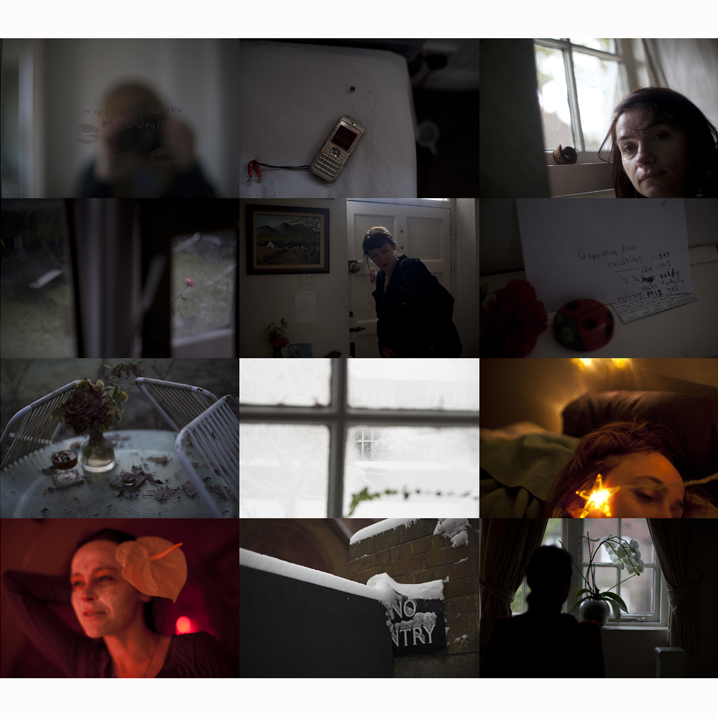
FILMMAKING TEAM
DIRECTOR
Mela Hilleard
My first contact with art came via theatre when I was studying at the Wrocław Theatre Academy in Poland. I was able to express my sensitivity through the language of film, as an actress and also by being present on the other side of the camera. I worked as an assistant director, camera operator and co-author of screenplays and adaptations. I received Best Actress Award for ‘Double Portrait’ at the 20th International Koszalin Debut Film Festival and the film was awarded during the 26th Gdynia Polish Film Festival and received Pegaz Prize for the Best Film.
During spending four years on a film journey through Asia I started to take photographs and when I returned to Warsaw I decided to deepen this knowledge at the European Academy of Photography.
I moved to London which become my home and embarked on the long-term project called ‘HOME’. I graduated with an MA in filmmaking at the London Film School. My graduation film “At Dawn the Flowers Open the Gates of Paradise” premiered at the 72nd edition of the Edinburgh International Film Festival on the Main Programme in the section devoted to “Shorts: Dream Images”.
CREATIVE PRODUCER
Cait Lyn Adamson
Cait Lyn Adamson is a London based producer working across shorts, features and TV. Originally from Malaysia, her interest in cinema and storytelling grew from living in and being exposed to multiple countries/cultures from a young age – peaking an interest in stories’ mythology, genre, history and comparative themes. Her passion for diverse, female driven and queer storytelling stems from her mixed race upbringing and belonging to the LGBTQ community.
After her degree in Comparative Literature & Media, Cait Lyn moved to London to do a Masters in Filmmaking at The London Film School. Since then, Cait Lyn has made films in the UK, USA, Asia & Europe continuing her love for diverse and genre driven stories.
Her short films have screened at globally recognised BAFTA and Oscar qualifying festivals including Edinburgh Film Festival, Underwire, London Short Film Festival, Camerimage and Cannes Short Film Corner. A series of music videos for Taiwanese artist Joanna Wang were nominated for “Best Music Video” at the Taiwan GMA’s in 2020.
Cait Lyn also works as a Production Manager in feature films and HETV. She is currently developing multiple feature and television treatments and enjoys the brief sense of calm before a creative and collaborative storm.
EXECUTIVE PRODUCER
Rory O’Callaghan
I work on the night news desk at the Financial Times in London, having been a journalist for most of my career. I also have further education in architectural history and psychotherapy. This combination of writing, buildings and psychology is what drew me to Elizabeth and her milieu in the suburb: she was a well-known writer living in one of the most pioneering architectural districts in London and was married to a psychoanalyst, Andrew.
I first began to visit them in 2007, regularly rummaging through Elizabeth’s voluminous clippings folders while listening to Andrew play Gudovsky on his baby grand. After his sudden death in late 2008, I continued to visit, regularly on Thursdays, entertained by Elizabeth’s stories of life as a reporter and travel writer, and dipping into the trauma of her filmmaking father Gareth in the trenches of the Great War, while Elzbieta and her team of carers kept affectionate eye over us. Roger, Simon and a host of visiting characters added life to a rich world that was emotionally vibrant despite its physical immobility. At noon precisely, we enjoyed a Gin & It, followed by hand-delivered chocolates, always too many.
When Elzbieta suggested the cinema project in 2017, I was immediately convinced of its potential, having noticed her unobtrusively record the most intimate moments in the house over 7 years. I have no doubt of its artistic integrity or of its being deserving of backing.
EDITOR/ASSOCIATE PRODUCER
Terence Chim
Terence Chim is a London based editor. Originally from Hong Kong, his interest of films started locally from the likes of Bruce Lee, Stephen Chow and mainstream Hollywood films. With growth, education of his MA in London Film School, and the conversations between his peers, the exposure to different genre of films and culture continues to effervesce, which helps him along his career as a filmmaker.
For him, editing has always been a passion and he had the opportunity to refine the craft across many films of different genres, from experimental arthouse erotica to comedies to documentaries, and of different languages from Arabic, Guatemalan, Mandarin to English. These films have been showcased internationally in BAFTA and Oscar qualifying film festivals such as Toronto International Film Festival, Rotterdam International Film Festival, Encounters Film Festival, Palm Springs ShortFest, Shorts Shorts Film Festival & Asia, etc.
HOME is his second feature and it is an ambitious piece because it was shot in seven years, as well as it was partly Polish, giving it the challenge he desires. Even though there were many emotional working material to choose from, Mela had a clear and wonderful direction in mind which complements with his editing style, making it exhilarating to delve into this creation.
Terence also works as a freelance editor doing corporate videos and advertisements for brands such as bp, Milwaukee, Hasbro, etc. And in his pastime, writes and develops ideas to direct as he aspires to be a director. The last film he directed, The After Party, was screened at the London Short Film Festival in 2019.
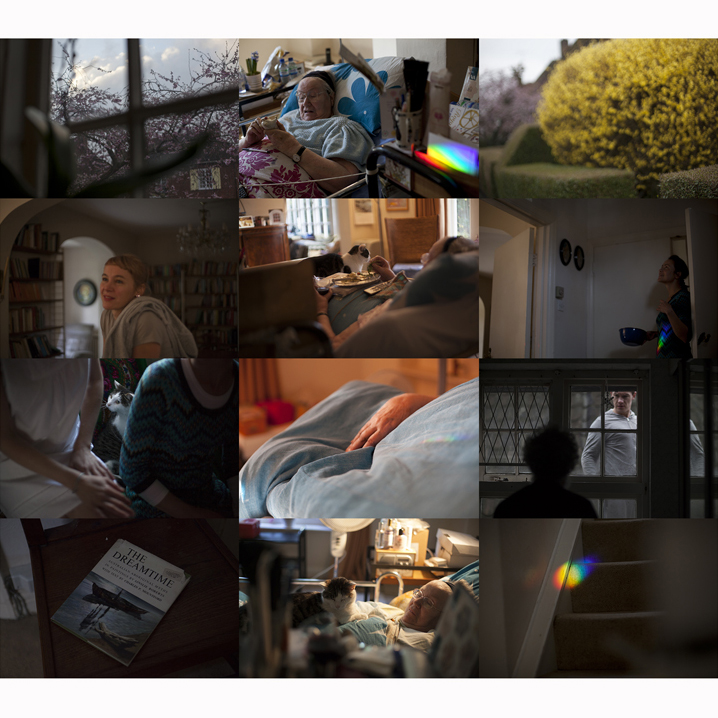
END CREDITS
A film by
Mela Hilleard
With gratitude
to my Southway Family; my HOME
Creative Producer
Cait Lyn Adamson
Executive Producer
Rory O’Callaghan
Associate Producer
Terence Chim
Editor
Terence Chim
Cinematography/Still Photography
Mela Hilleard
Second Camera
Cait Lyn Adamson
Additional Camera
Kamil Dobrosielski, Niko Alajoki,
Pratyush Bhattacharyya, Gram Hilleard,
Agnieszka Szeliga, Mark Daws
Music by Eugeniusz Rudnik
from the album ‘Miniatury’ released by
Requiem Records
‘Kaszle Na Stacji Lokomotywa’,’Alarm Na Strażnicy’, ’On Jęczy A Ona Pisze’, ’Poranek W Soplicowie’, ’Nie Wierz Młodzieży Na Wieży’, ’Krótki Sygnał Komórki’, ’Korpuskuły’, ’Pomoc Nadejdzie’, ‘Kołysanka W Gorączce’, ’Ptasie Radio’, ’Arytmia’, ’Tajemnicza Dzwonnica’, ’Duszny Przedwieczerz’, ’Rozbiórka Domu Drewnianego’, ’Sówka Choinówka’, ’Duet W Drewutni’, ’Pomoc Nadeszła’, ’Polowanie Z Nagonka’, ’Ktoś Puka’, ’Świt Majowy’, ‘Opus Magnum’, ’Ch-orał’, ’Gore’, ’Pustynny Upał’, ’Pociąg W Tunelu’, ’Port O Poranku’ ‘Przedostatnia Niedziela’
Additional Music
‘Masłem’ Drekoty
‘Still waiting’ Sum 41
‘Summer Waltz’ by MusicLFiles
Sound Designer
Chiara Cabri
Recording Mixer
Alex Bird
Sound Post Producer
Monika Lupeikaite
Sound re-recorded at Halo
Narration from the book
‘Southern Road’ by Ewa Ka
Excerpt from the book
‘The Comedians’ by Graham Greene
Excerpt from the animation
‘Plastusiowy pamiętnik’ first part ‘Our home’
by Maria Kownacka, directed by Zofia Ołdak
Subtitles
Anna Hyde
Colourist
Gwyn Evans
Trailer
Terence Chim
Poster Design
based on the painting ‘Sunrise Corner’ by
Gram Hilleard
Special Thanks
Eugeniusz Rudnik’s
Family/Friends/Requiem Records,
Tadeusz Sobolewski, Barbara Ławska,
Paweł Kurzacz, Michał Białożej,
Kamil Dobrosielski,Andy Auton,
Agnieszka Szeliga, Andrew Rowe
Vinaya Chaitanya, Craig Pruess,
Victoria Romero, Angelina Shortt,
Woj Wrześniewski, Karen Warnock,
Paisley Valentine Walsh, David Chilton,
Mia Bays, Simone Glover, Michael Bates,
Tiago Cardoso, Nick Sounidis,
David Turner, Tushar Manek
Crowdfunding Contributors
Lassco, Michelle, Magdalena and Rob,
Clem, Cassis Hostel, Rad Kaim,
Emily Miller, Pauline Treen,
Magda Raczynska, Petra,
Sophie Henderson, Luce, J,
Ania, Karolina, Gail Sixsmith,
Lachlan Goudie, Zhenya, Ada,
Joyia Fitch, Elfi, Sarath Samaranayake,
Alexia, Anne Wittman, Misia, Agnieszka Zuk
and many others who chose to remain Anonymous
© 2023

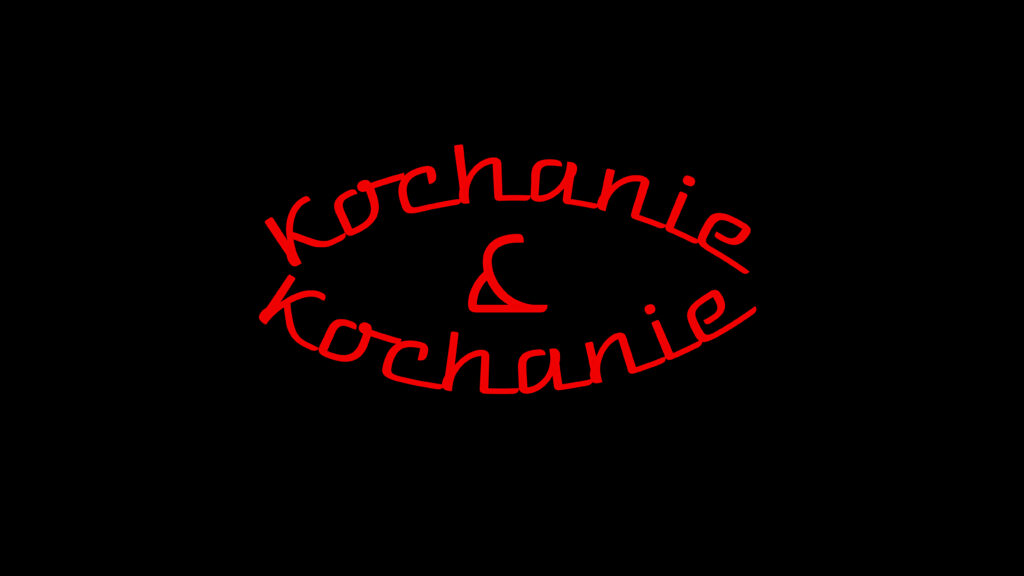
A screening of ‘HOME’, painting and photography exhibition as part of Influxus programme at the Swedenborg House, London, UK
https://www.swedenborg.org.uk/events/home-mela-hilleard/
‘HOME’ screening at POSK, London, UK
https://posk.org/en/event/03-11-screening-of-the-film-home/
‘HOME’ to open KINOPOLSKA, FESTIVAL DU FILM POLONAIS, Cinéma Utopia, Bordeaux, France:
https://www.instagram.com/p/DAf2ES-OlPM/
INTERVIEW:
https://euradio.fr/emission/Kejl-euradio-a-bordeaux/mpol-kinopolska-le-festival-du-film-polonais-a-bordeaux?page=6
’HOME’ in the International Documentary Film Competition NNW Festival at the Gdynia Film Center, Poland:
https://www.facebook.com/watch/?v=517919901018256
‘HOME’ screening at Mammoth Cinema in partnership with Kino Kolo Notts followed by a poetry reading featuring work from Central and Eastern Europe with environmental themes, Nottingham, UK
https://www.midlandsmovies.com/mammoth-cinema-and-kino-koo-notts-bring-poignant-documentary-to-nottingham
https://mammothcinema.co.uk/Event/89917
https://www.facebook.com/thelondonfilmschool/photos/-congratulations-to-alumnamela-hilleard-who-will-be-having-a-special-screening-o/914923837338988/
https://www.facebook.com/photo/?fbid=940793101419200&set=a.556377426527438
‘HOME’ screening in Manchester at the International Network of Experimental Fiction Filmmaking Festival:
https://instytutpolski.pl/london/2024/07/09/watch-home-95-minutes-united-kingdom-poland-directed-by-mela-hilleard-as-part-of-the-international-network-of-experimental-fiction-filmmaking/
‘HOME’ in competition L’Europe autour de l’Europe, Paris, France
https://www.evropafilmakt.com/section/2024-present/home/
https://www.evropafilmakt.com/wp-content/uploads/archives/2024/FEAE-2024-Catalogue_WEB.pdf
‘HOME’ premiered during the Kinoteka Polish Film Festival at the ICA in London
https://www.ica.art/films/kinoteka-home
https://2024.kinoteka.org.uk/programme/home
https://drive.google.com/file/d/1MnOjbPSJv6mFpCiKlTzXZ4XWAGTn5JwL/view
‘HOME’ at the Art Inkubator in Sopot, Poland:
https://www.trojmiasto.pl/imprezy/Pokaz-specjalny-dokumentu-HOME-imp547434.html
1st prize in the feature-length film category, for ‘HOME’ at the Kick Off International Film Festival:
https://www.facebook.com/photo?fbid=296717430047844&set=pcb.296717480047839
A special pre-release screening of ‘HOME’ and conversation with Klara Da Costa at U-jazdowski Kino, Centre for Contemporary Art, Ujazdowski Castle, Warsaw.
https://instytutpolski.pl/london/2023/11/28/home-film-screening-discussion-with-director/?fbclid=IwAR3aH80u_HmjEiXS8_zJF6zJ1eLKq1sofkNSx-EKWGSZpD6qFZeV5VHZbH4
https://u-jazdowski.pl/kino/repertuar/home?fbclid=IwAR2Tux4bNKZgnx0j_MarZs7q_cXduWYWhKyCkVaW_sJeJhaAPeAqNuosc6g
The Special Screening of ‘HOME’ at the Festival Mediów Człowiek w Zagrożeniu in Łodz, Poland
https://czlowiekwzagrozeniu.pl/dom/
‘HOME’ LODZ OSAKA INTERVIEW
https://www.facebook.com/elzbieta.piekacz.5/videos/1668898420626569
The Special Press Screening of ‘HOME’ at the Hommage à Kieślowski International Film Festival at the Kinoteatr ZDROWIE in Sokołowsko, Poland
Contemporary Lynx Magazine about pre-release screening of ‘HOME’ the Hommage à Kieślowski International Film Festival:
https://contemporarylynx.co.uk/event/home-a-film-by-mela-hilleard?fbclid=IwAR3v0lP_wXTQKuSYhU8hMDssMbIby3G_Fy5F8ZKbyFV7UsI7ByYylfV_y7Y
Hommage à Kieślowski International Film Festival as seen through the lens of TVP Kultura, featuring our ‘HOME’ at 03:30
https://vod.tvp.pl/…/infor…/odcinek-3913,S01E3913,735183
Photos Hommage à Kieślowski International Film Festival:
https://www.facebook.com/photo?fbid=786522126597477&set=pcb.786523476597342
